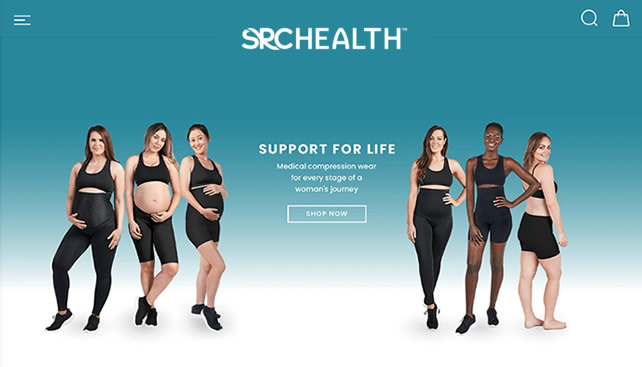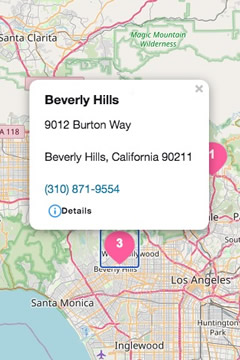Heather Jeffcoat, DPT
How do you know when it's wise to go running after having a baby?
As an expert in the field of all facets of postpartum care, I believe that a measured approach to exercise is vitally important to achieve optimum pelvic health without complications, and Daniella so graciously states in the opening paragraph of her article:
Postnatal exercise should be planned carefully, especially when considering high-impact workouts, such as high intensity interval training (HIIT) or running. First, there are changes to your body that occur after giving birth, so it’s recommended waiting for your six-week check-up before attempting any kind of exercise again.
But with running, you need a gradual and graded approach, and the NHS advice on returning to running after having a baby recommends waiting at least 12 weeks after giving birth. Having the time to exercise and give yourself a break is the ultimate self-care when you become a mum, but if you don't have that option, running with a pram could be more suited to your lifestyle, and our parent tester recommends the Baby Jogger Summit X3 pushchair to help parents stay active once their baby is here.
The article continues with guidelines on how best to approach a postpartum running routine, with special tips for those have given vaginal birth vs those who have a c-section delivery.
- Guidelines after a vaginal birth: If you’ve had a healthy pregnancy and vaginal delivery, most people should be able to build up to returning to running after 12 weeks, but check with your physician to be sure.
- Guidelines after a c-section: Similar advice applies of waiting after 12 weeks before you start running again, but some people might need longer, particularly if you've undergone a c-section or experienced a complex pregnancy.
Other topics covered in depth include:
- What’s the difference between a vaginal and c-section birth for recovery?
- Understanding your body postpartum
- Hormonal changes
- Joint laxity
- Relaxin is a hormone that helps relax muscles and ligaments, particularly during pregnancy, allowing the body to adapt to changes and prepare for childbirth. “We should be considering that relaxin is still in the woman's body after delivery and that she is still in a period of time where her joints are more susceptible to injury,” explains Heather. Therefore, a thoughtful return to running program should be implemented in order to prepare her for a safe transition at 12 weeks, she adds.
- In the aritcle I highlighted a 2019 study that compared the biomechanical changes of runners pre-pregnancy (or at least less than 14 weeks gestation) and postpartum. At six weeks, postpartum subjects had decreased trunk and pelvic rotation, and running speed, with increased step width and stance time, compared to pre-pregnancy measurements. They also found a compensatory pattern of decreased motion in the hips with increased motion at the knee. These changes likely occur because there’s a natural decrease in stability, leading to shorter and smaller movements.
- Pelvic floor considerations
- Exercises for the pelvic floor
- 24-week postpartum running programme
- Listening to your body
- Stay hydrated
There is much, much more to be gleaned from this highly informative article. Go here to get the full lowdown from Daniella on running after having a baby, and go here if you're ready to schedule an appointment with one of our licensed physical therapists.



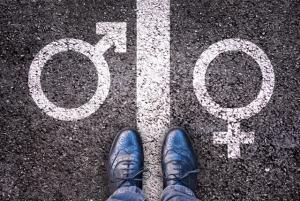

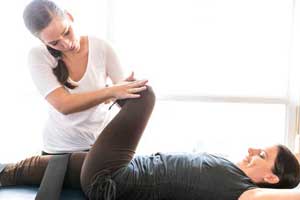
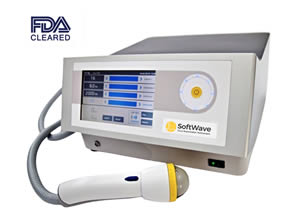



















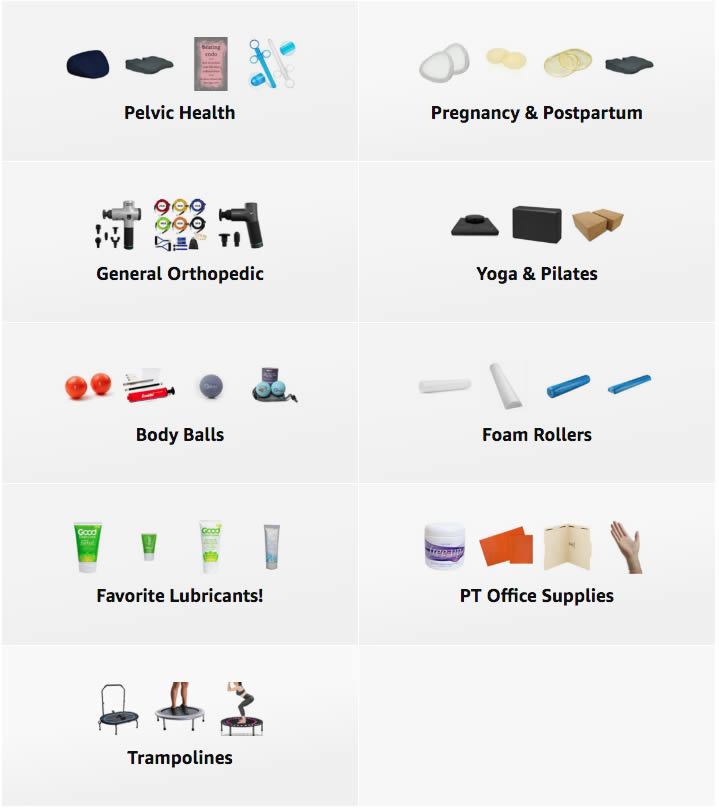 A Curated List of Excellent Items at Amazon
A Curated List of Excellent Items at Amazon